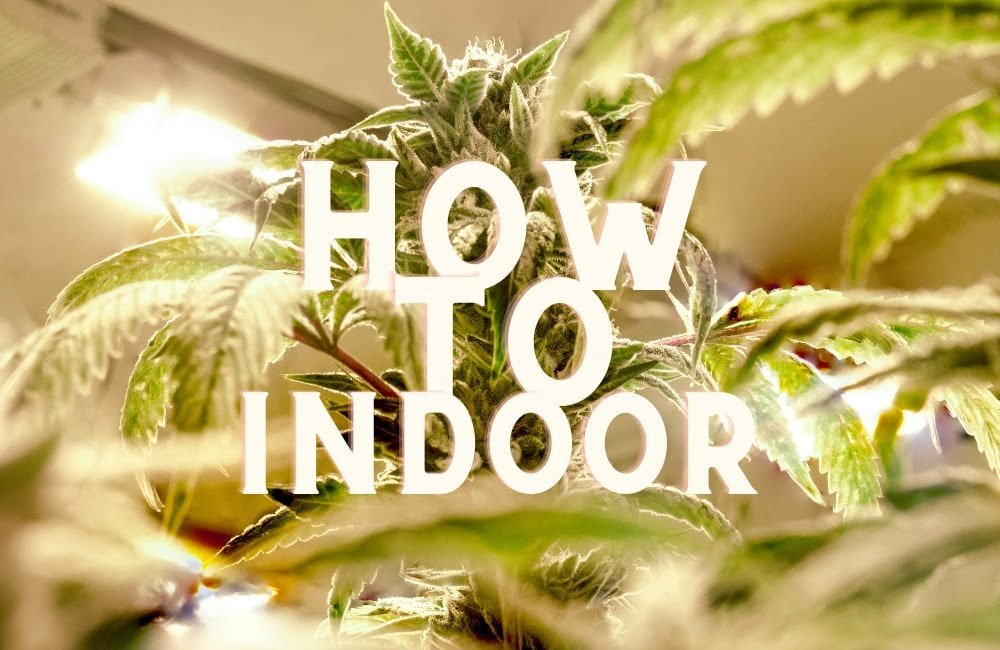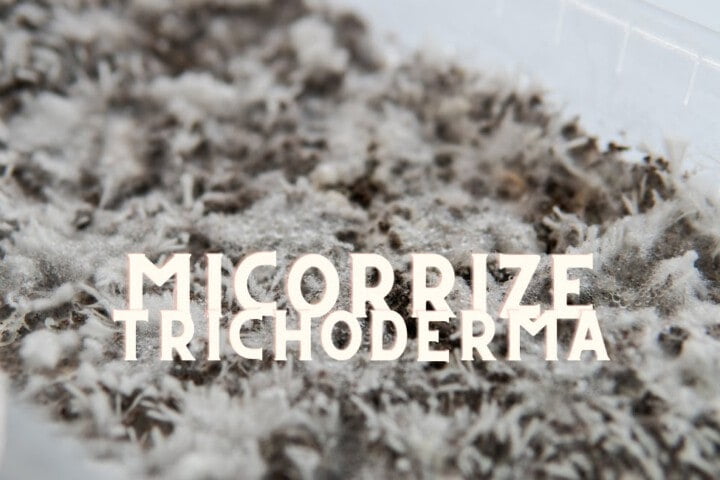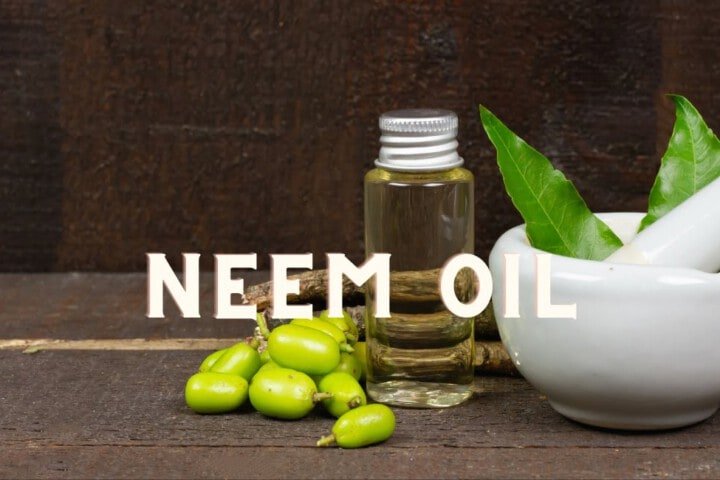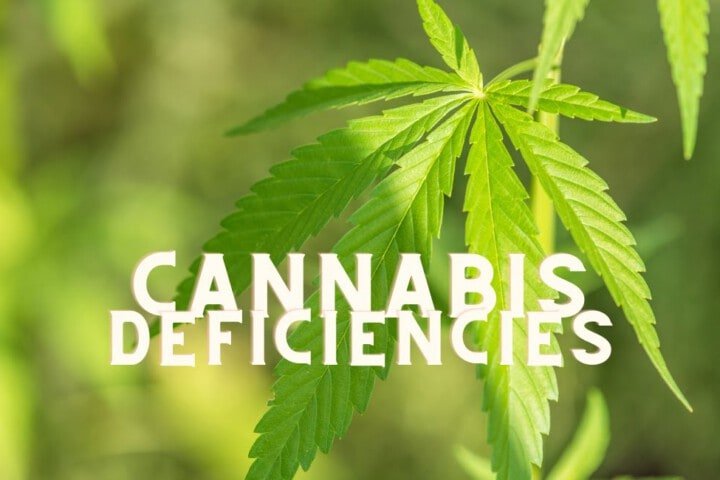Complete Guide Of Indoor Cannabis Growing
Welcome everyone to this new chapter of our blog about Annibale Seedshop’s guide on how to grow Cannabis Indoors! After seeing How to grow Cannabis seeds in Guerilla, get ready for this new article by Annibale Seedsshop!
Introduction to the Complete Guide of Indoor Marijuana Growing
Growing cannabis indoors offers complete control over environmental conditions, allowing growers to achieve high-quality crops year-round.
This comprehensive guide will provide detailed information on how to grow cannabis indoors, including the environmental parameters suitable for growing indoors, the differences between hydroponics, aeroponics and pots, the different lighting options (CFL, neon, LED, MH, HPS, CMH), the suitable substrates if you use pots and what to use for hydroponics or aeroponics.
Furthermore, you will explore the differences between organic and mineral fertilizers, the importance of air ventilation systems, CO2 utilization, how to get more trichomes from your crop, the most suitable type of cannabis seed and the importance of seed quality. Finally, 10 tricks to get bigger and better quality crops will be provided!
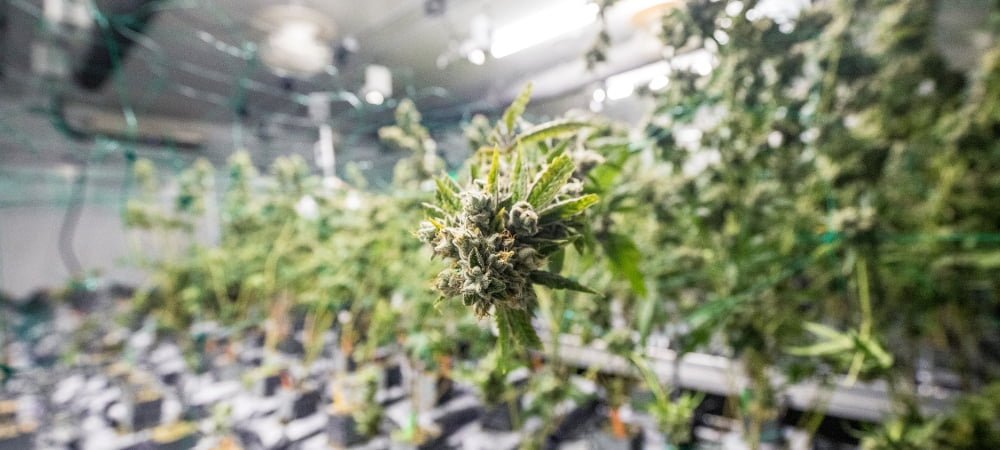
What is Indoor Cannabis Growing, and what do you need to know?
Indoor cannabis cultivation has become increasingly popular among marijuana enthusiasts who want total control over the growth process of their plant. But there are several key elements that are required for successful indoor cannabis cultivation.
Light is one of the most important aspects to consider. Since cannabis needs an adequate amount of light to grow properly, a suitable and powerful light source needs to be provided. Most indoor growers use high pressure sodium (HPS) lamps or specialized LED lamps.
HPS has long been considered the best choice for the flowering phase, while LED lamps offer greater energy efficiency and a wider light spectrum, which can be adapted to different stages of plant growth.
Ventilation is another crucial aspect of indoor cannabis cultivation. It is essential to maintain adequate airflow to prevent mold and mildew growth and to provide plants with proper ventilation. The use of fans, exhaust fans and carbon filters can help ensure a well-ventilated environment.
These devices are designed to eliminate unpleasant odors and to prevent the build-up of excessive humidity and heat, which can damage plants.
Controlling temperature and humidity is just as important. Cannabis prefers temperatures between 20°C and 30°C during the day and between 15°C and 20°C at night. Humidity should be kept between 40% and 60% during the vegetative stage and between 40% and 50% during flowering.
Using thermo-hygrometers and humidity control devices, growers can monitor and adjust these parameters to create a stable and optimal environment for plant growth.
The choice of substrate is another important aspect of growing cannabis indoors. Growers can opt for soil, coco coir, or hydroponic substrates. Each of them has its own advantages and disadvantages. The soil is used extensively and offers good water retention and a rich source of nutrients, but can be more susceptible to disease and pest problems.
Coconut fibers are a popular alternative as they offer excellent drainage and good water retention. Hydroponic substrates, such as perlite or rockwool, allow for even greater control of the nutrients supplied to plants, but require more knowledge and management.
Finally, nutrients are essential for growing cannabis indoors. Cannabis plants require a number of nutrients to grow healthily and produce high quality flowers. The main nutrients needed include nitrogen (N), phosphorus (P) and potassium (K), along with micronutrients such as zinc, iron, magnesium and many others.
Growers can use specific fertilizers for cannabis or prepare custom blends of nutrients to meet the specific needs of their plants.
But let’s see everything in more detail!
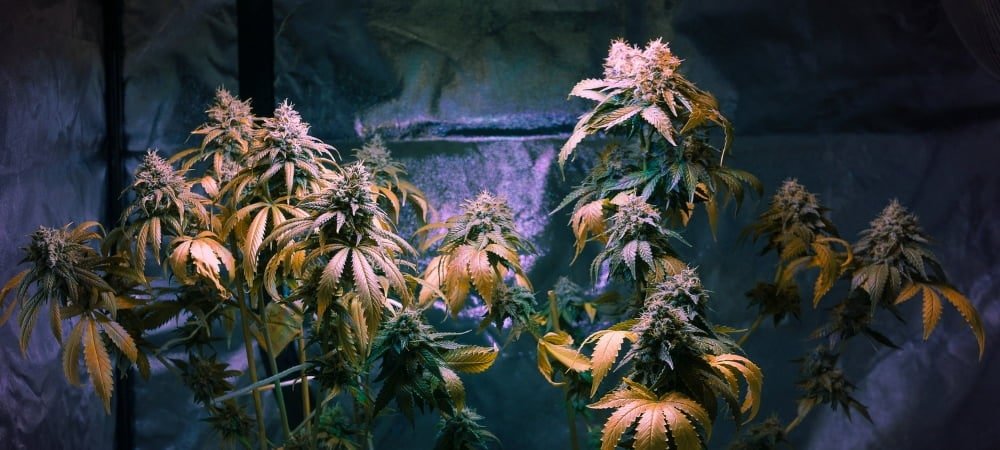
Environmental parameters for Indoor Weed grow
As mentioned before, indoor weed grow requires special attention to environmental parameters to ensure healthy plant growth. The ideal temperature of indoor weed growing is around 20-28°C during the day and 18-24°C during the night. Humidity should be kept between 40%-60% during the vegetative stage, reducing it to 40%-50% during the flowering stage.
Indoor Cannabis grow techniques
To grow Cannabis Indoors, growers mainly use three techniques: Hydroponic, Aeroponic or classic cultivation in pots.
Hydroponic cultivation involves growing plants without the use of soil by supplying nutrients directly to the irrigation water. Aeroponics is a variation of hydroponics in which plant roots are suspended in the air and sprayed with a nutrient solution.
Pot cultivation uses traditional substrates such as potting soil, peat or coconut fibre. Each of these methodologies has its advantages and disadvantages, but all require careful management of watering and plant nutrition.
Indoor Marijuana Grow lighting
Lighting is a key aspect of indoor cannabis cultivation. We will go over the different lighting options available and provide a brief description of each one:
- CFL (Compact Fluorescent Lamps): CFL lamps are a popular choice for indoor growing due to their efficiency and relatively low cost. They are especially suitable for the vegetative growth stages of plants.
- NEON: Neon lamps are similar to CFLs but with a softer light. They are mainly used for vegetative growth and can be placed close to plants without overheating them.
- LED: LED lamps have become increasingly popular in indoor cannabis cultivation. They offer bright, dimmable light, allowing for greater energy efficiency and more precise control over the light spectrum. They are suitable for the entire growth cycle of plants.
- MH (Metal Halide) and HPS (High-Pressure Sodium): MH lamps emit blue light, which promotes vegetative growth of plants. HPS lamps, on the other hand, emit a red/orange light, ideal for the flowering phase of cannabis plants. Often, a combination of both lamps is used during the full grow cycle.
- CMH (Ceramic Metal Halide): CMH lamps are an advanced version of traditional MH lamps. They offer superior energy efficiency and an improved light spectrum, which promotes healthy growth and abundant flowering.
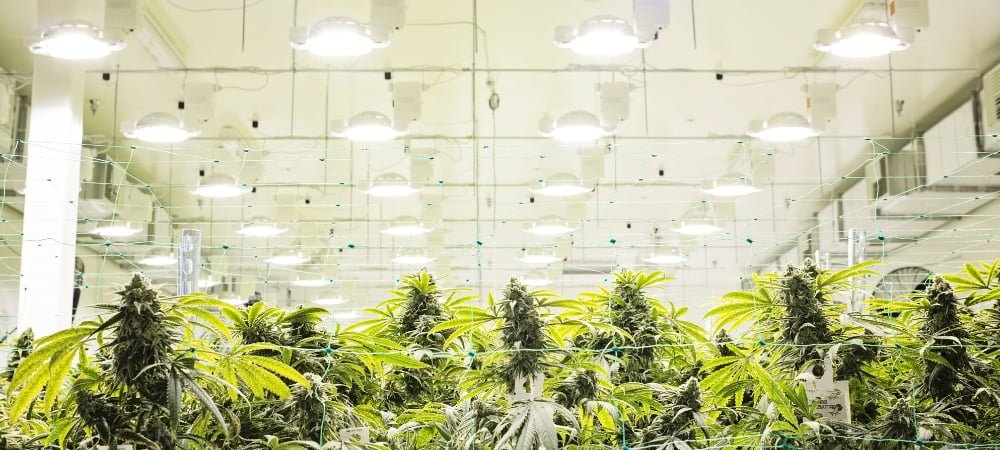
Substrates in Indoor Cannabis Grow
The choice of substrate depends on the cultivation technique used. We will look at the most common options:
- Growing in pots: If you opt for growing in pots, you can use a variety of substrates such as soil, peat or inert hydroponic substrates. The choice depends on personal preferences and the availability of materials.
- Hydroponic Growing: In hydroponic growing, plants grow in an environment without substrate, with their roots immersed in a nutrient solution. Inert substrates such as perlite or vermiculite are used to support plants.
- Aeroponic Growing: In aeroponic growing, the roots of plants are exposed to the air and are sprayed with a nutrient solution. No substrate is used.
Organic Fertilizers vs Mineral Fertilizers in Marijuana Indoor Growing:
Fertilizers play a crucial role in providing the essential nutrients for plant growth. Organic fertilizers are derived from natural sources and are rich in organic matter, which promotes microbial activity and soil health.
Mineral fertilizers, on the other hand, are of synthetic origin and allow precise and immediate control of nutrient levels. Choosing between the two comes down to personal preferences and grow goals.
The Importance of a Ventilation System on a Indoor Weed Grow:
Proper air ventilation is essential for growing cannabis indoors. It helps maintain a stable environment, regulates temperature and humidity, prevents the accumulation of pests and diseases, and ensures the exchange of fresh air. An efficient ventilation system consists of intake and exhaust fans, air filters, and ducts to create continuous airflow.
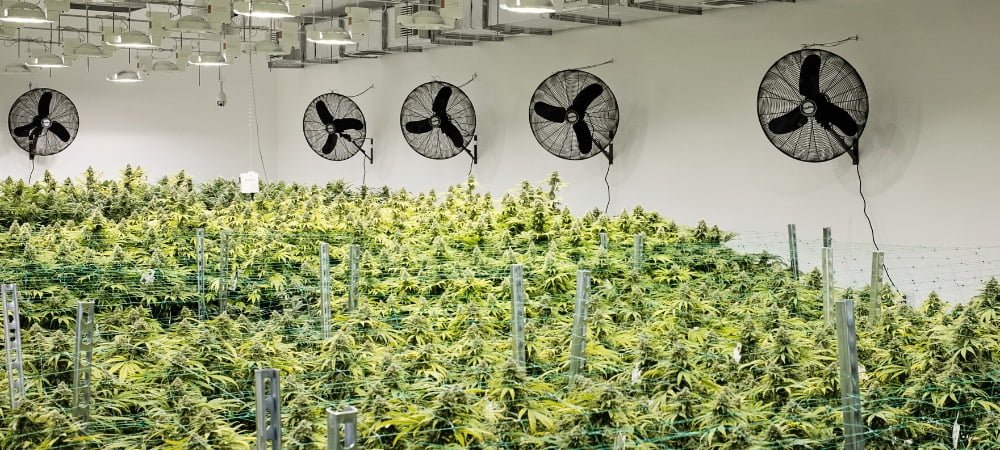
The Role of CO2:
Carbon dioxin (CO2) is an essential element for photosynthesis. Increasing CO2 levels in the growing environment can improve plant growth and yield. The use of CO2 supplementation techniques, such as CO2 generators or cylinders, can bring significant benefits to indoor cannabis cultivation by providing plants with an optimal level of CO2.
Management of diseases and pest attacks
Indoor cultivation can be subject to fungal, bacterial or viral diseases, as well as attacks by parasites such as aphids, mites and fungi. It is vital to prevent these issues by maintaining a clean, well-ventilated environment, closely monitoring plants for signs of disease or pests, and acting promptly if infestations occur.
Using organic or natural products for disease and pest control is often preferable to avoid chemical residue on the flowers.
The prevention of diseases and pests
Prevention is key to successful indoor growing. Practices such as the use of quality seeds, the sterilization of growing tools and environments, the management of humidity and ventilation and the constant surveillance of plants can help prevent many diseases and pest attacks. Investing in preventive control and the adoption of good agricultural practices can avoid future problems and ensure healthy crops.
What they are and how to increase trichome production in Indoor Marijuana Growing
Trichomes are the tiny glands that produce the cannabinoids and terpenes responsible for the effects and aroma of cannabis. To increase trichome production, it is important to provide plants with ideal conditions of light, temperature and humidity during the flowering phase.
Using high intensity lamps and a proper lighting regimen can help promote the formation of more abundant trichomes!
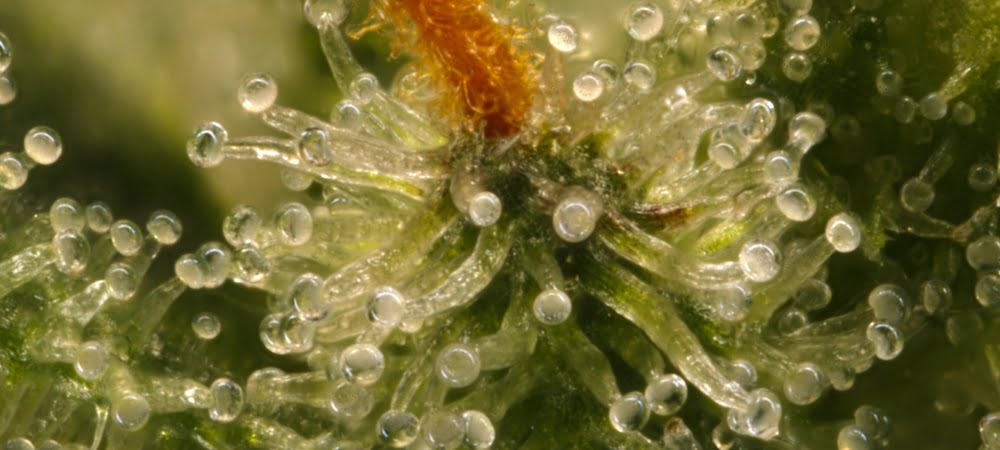
Indoor Cannabis Seed Selection:
Choosing the right cannabis seeds is crucial for successful indoor cultivation. Factors to consider include strain characteristics (indica, sativa, or hybrid), growth characteristics, flowering time, cannabinoid profile, and desired effects. It is essential to source high quality seeds from reputable breeders to ensure genetic stability and consistent results.
Importance of Seed Quality in Weed growing at home:
The choice of cannabis seeds is essential for successful cultivation. It is advisable to opt for high quality seeds from reputable sources. Higher quality cannabis seeds are more likely to germinate successfully and produce strong, vigorous plants. Furthermore, high quality seeds offer better genetic stability, ensuring that plants develop the desired characteristics, such as potency or specific aroma!
9 Tricks to get Bigger and Better Quality Yields in Indoor Weed Growing:
To get bigger, better quality crops, consider the following tips:
- Provide a suitable spectrum and light intensity throughout the growing cycle.
- Maintain optimum temperature and humidity levels.
- Follow an appropriate nutrient regimen based on your chosen growing method.
- Implement training techniques such as pruning, topping, and low-stress training to promote lush growth and maximize light penetration.
- Monitor and adjust pH and nutrient levels regularly.
- Implement a rigorous pest and disease prevention plan.
- Keep your equipment and grow spaces clean and sterilized regularly.
- Harvest at the right time based on trichome development and desired effects.
- Properly dry and cure harvested buds to preserve their aroma, potency, and overall quality.
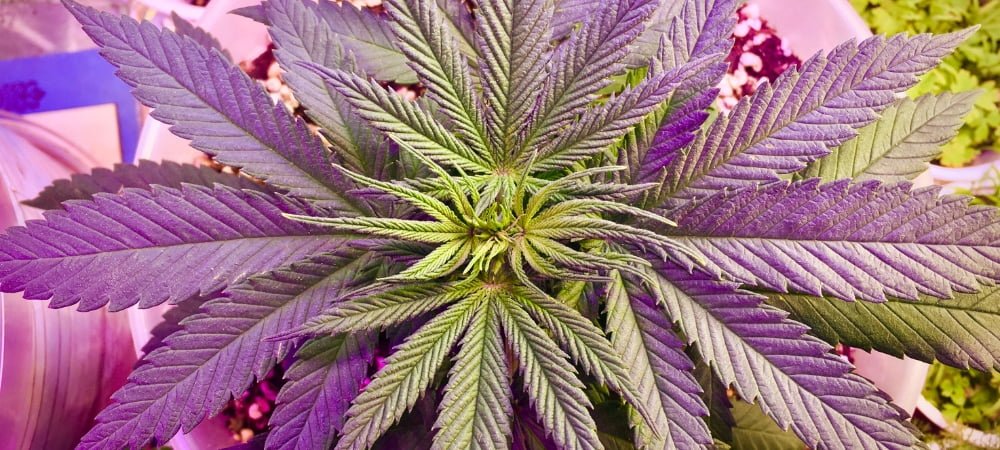
Conclusions…
Growing cannabis indoors offers the opportunity to control the growing environment and achieve high-quality crops. Understanding the different growing methods, selecting the right seeds, providing optimal environmental conditions, and implementing effective growing techniques are key to achieving success.
With the proper knowledge and attention to detail, you can enjoy a rewarding indoor cannabis grow.
And for this article on How to grow Cannabis Indoor that’s all, hoping to have been of help to you, see you in the next article!
Greetings from the Annibale Seedshop Team, and good luck on your indoor cannabis growing journey!
Davide V, CEO, Founder & Geneticist


